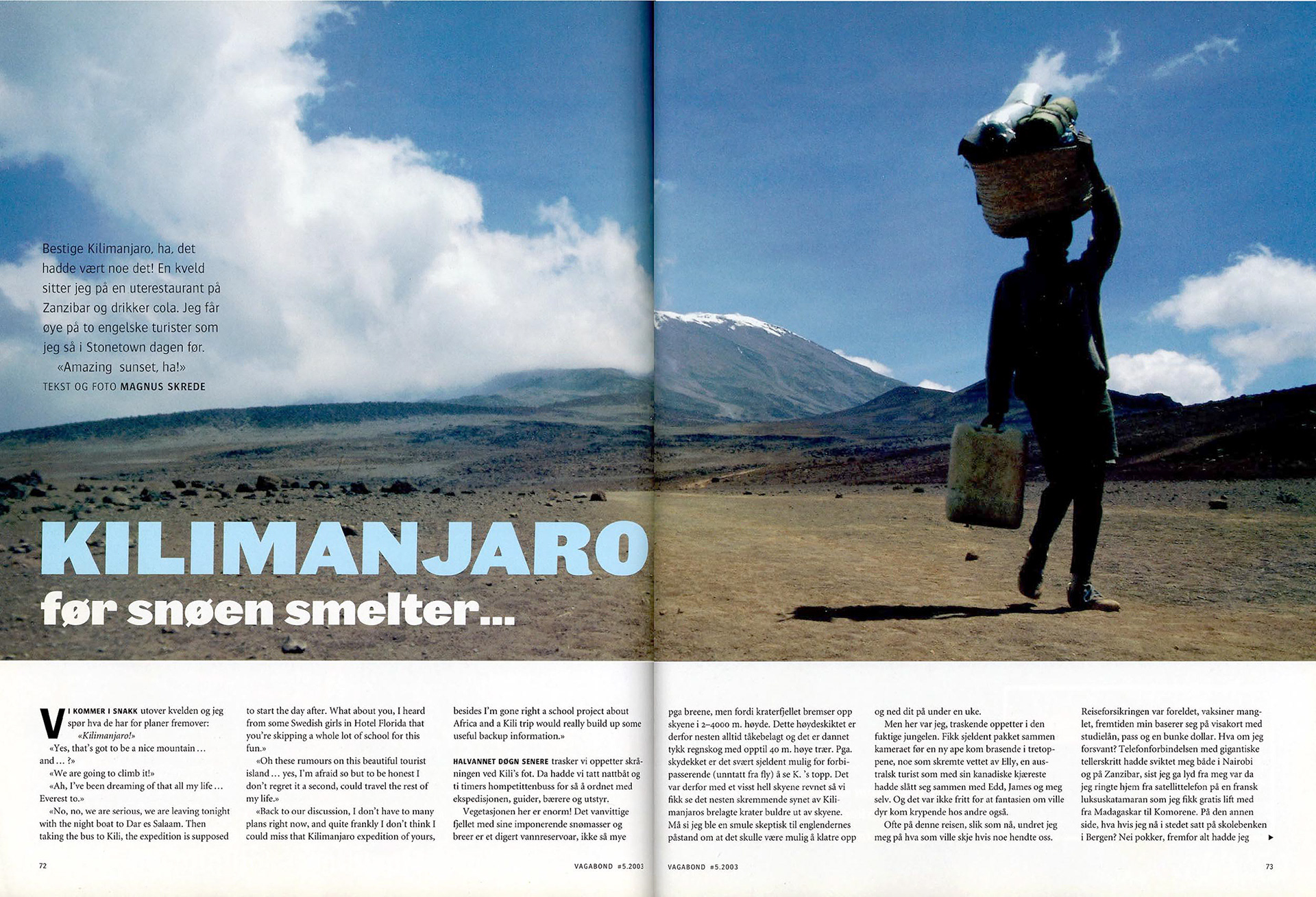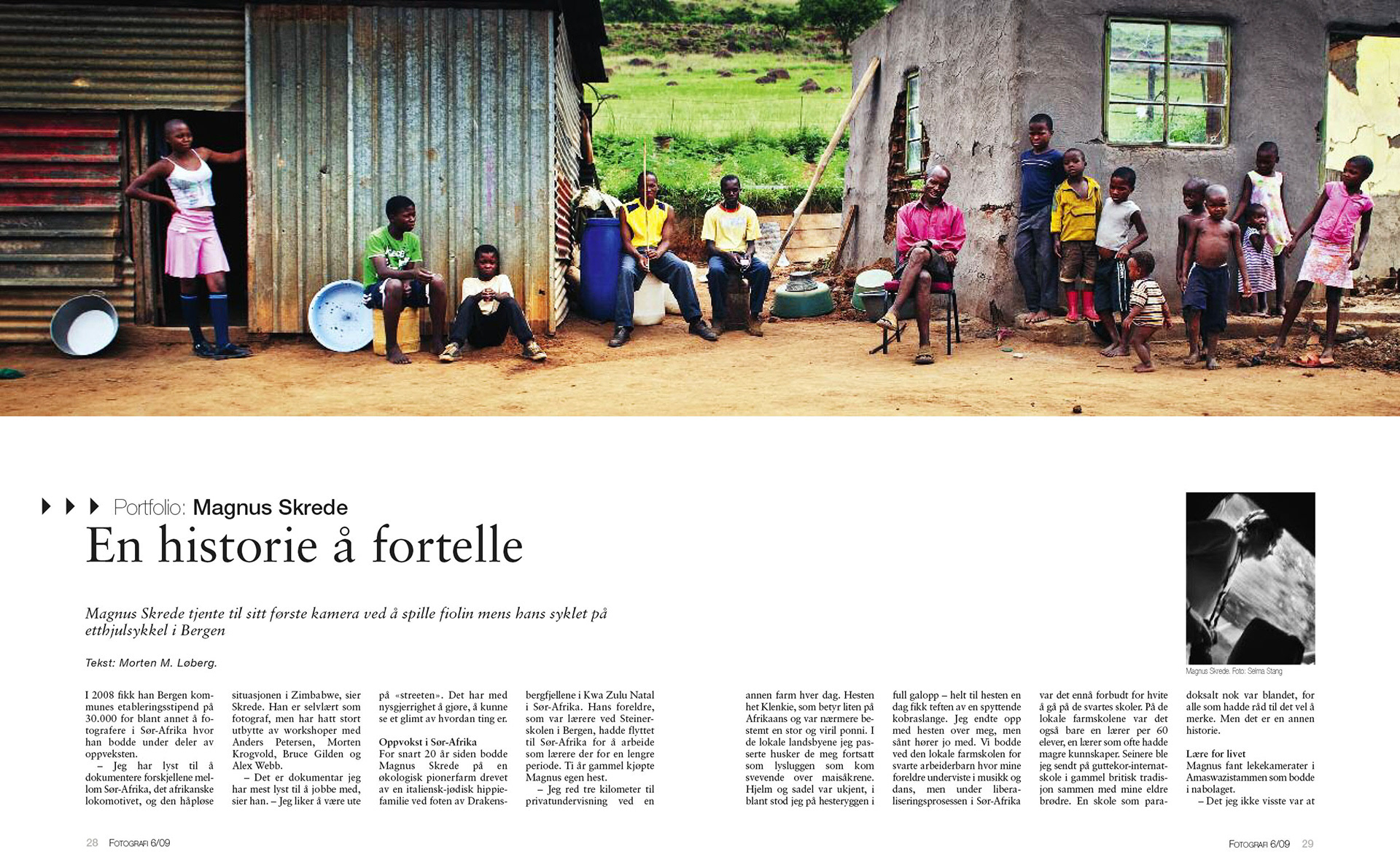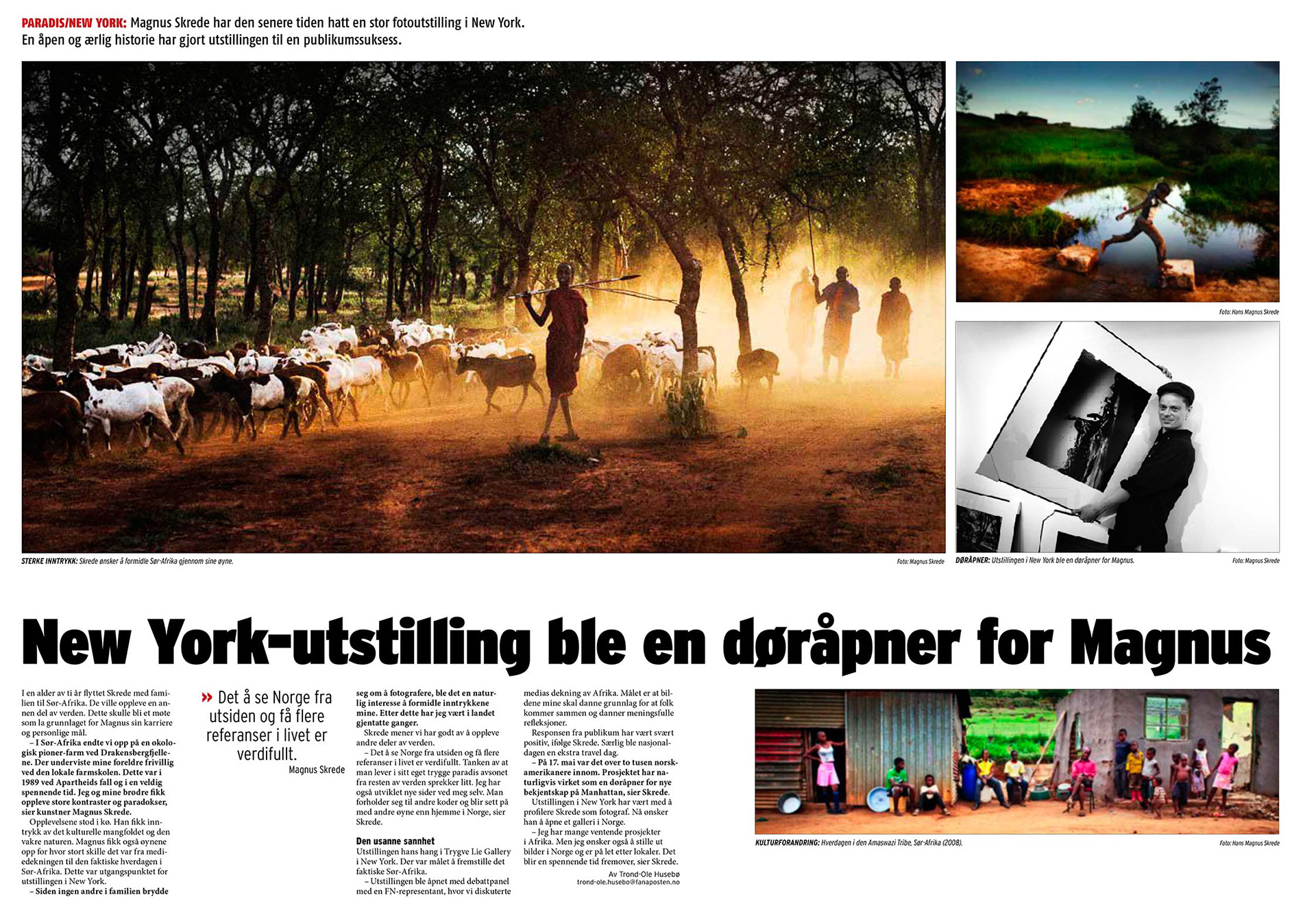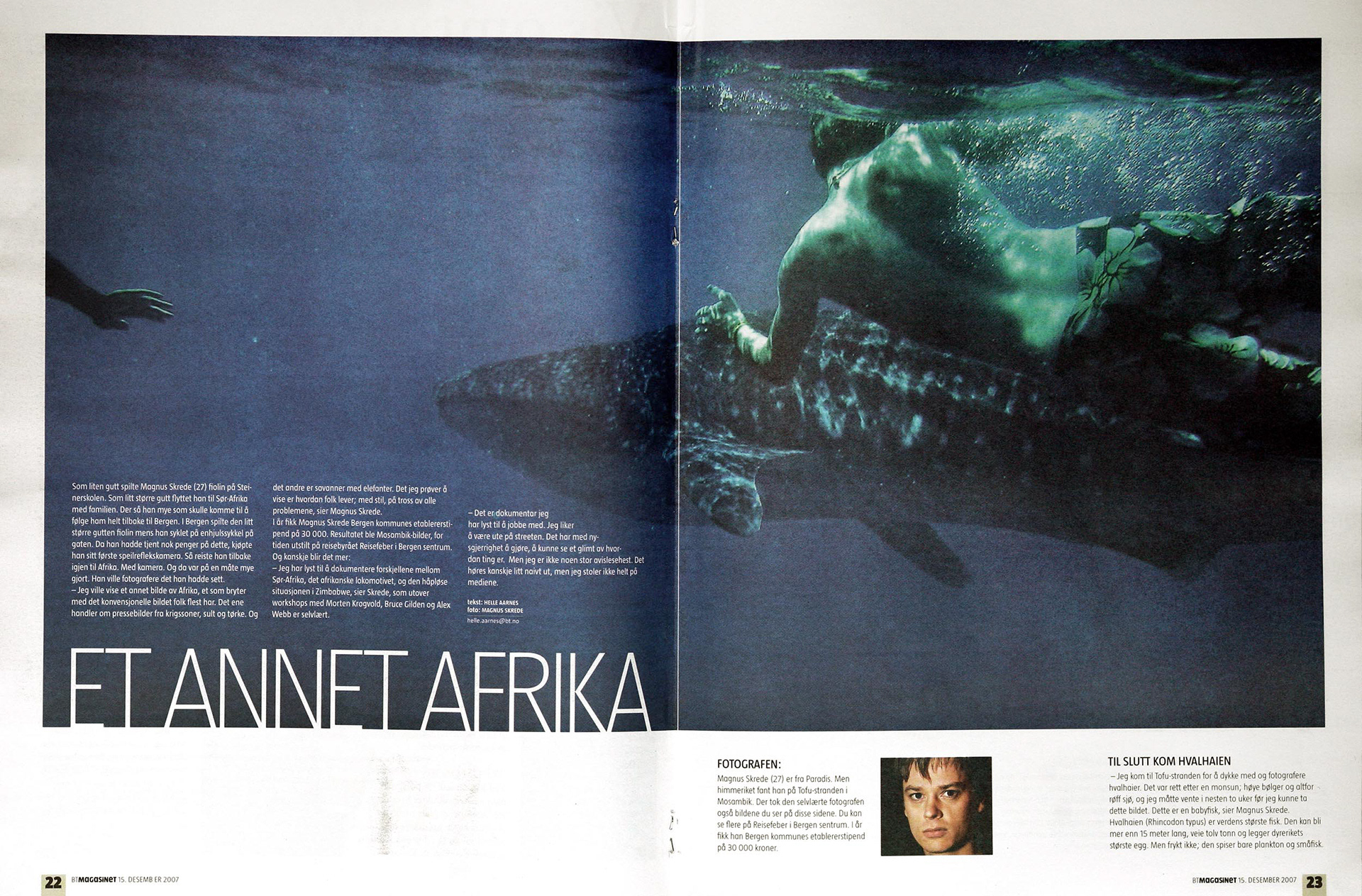The race against extinction
In Norway we have wolves, in Africa they have lions. The conflict is similar: Predators attack livestock, humans attack predators. Now there is a solution in sight with so-called “living fences”.
In the shadow of the ivory issue, a latent biological disaster is simmering in East Africa. 80 percent of the lion population in this part of the world has been wiped out in 20 years. At the heart of the matter lies the conflict between the interests of humans, represented by the Maasai, and those of predators. The conflict is not unlike the wolf dilemma in Norway. But somewhere deep in the bush, there is an organization that has come up with a solution that may prove to change the entire conflict.
Tanzania, 2015
Noloholo is situated as far off the beaten track as its name suggests. To get there, I fly from Zanzibar. All nine passenger seats are occupied, so I'm assigned to the seat of the co-pilot, who is noticeably absent. Azure coral beaches disappear behind us. We fly at low altitude, as there is no pressurized cabin in the small aircraft. After two hours, we emerge from a cloud deck to see Mt. Meru stretching towards the sky behind the airstrip in Arusha. The journey continues with a bus packed with Maasai in colorful robes. On their backs they carry swords, in their hands they hold their cell phones. The roads become increasingly narrow. After five hours, it's hard to tell whether we're driving on a path or in a riverbed. For the last stretch, I'm sitting on the back of a motorcycle. It has a puncture. We fall on our faces. I land softly though. It's getting dark and the hyenas are howling. Finally, we arrive. I'm assigned a bungalow tent at the end of the camp with a view straight out into Tarangire National Park. If it had been my first visit to Africa, I would have been disappointed not to hear a lion roar. A full-grown specimen spent the night on the entrance steps a few months earlier. But the cacophony of crickets and the birds at sunrise are more than enough to get my blood pumping.
At first glance, the Maasai live in timeless harmony with nature, but there are major challenges lurking. The fact that 80 percent of East Africa's lion population has been wiped out has largely been overshadowed by the focus on elephant poaching. The reason for the dramatic decline in the lion population is that the lions attack the Maasai's cattle at night, under the cover of darkness. Cattle are the Maasai's most important cultural and economic value, so the Maasai hunt the lions in revenge, even though they don't really want to be left without the wild animals.
I visit the African People & Wildlife Fund (APW) - an independent organization which has developed a concept that has proved effective in preventing lions from taking Maasai cattle. They call it “living walls” - fast-growing, local thorn trees that are planted in such a way that they infiltrate modern fences. Steel fences need maintenance and are easily trampled by large animals, and the thorn trees themselves are not dense enough to keep animals out. But in combination, these two elements form an unrivaled, self-sustaining symbiosis.
Implementing this new concept is not done in a day though. The animals' behavior must be mapped, local tribes persuaded and game wardens from all over rural Tanzania have to be trained. Money needs to be raised and local authorities must be persuaded. I have ended up right at the center of this problem. 60 Maasai from Kenya and Tanzania are attending a conference at a camp run by an American couple who have built it all up from scratch over the course of a decade. The center has more than 50 permanent Tanzanian employees and is built in a sustainable mix of modern and traditional eco-friendly architecture.
It's easy to be impressed, and after seeing a number of great initiatives in Africa fail, I'm equipped with a good portion of healthy skepticism. Fences? Can it really be that simple? However, the numbers are clear: More than 400 “living fences” have been installed to date. These protect 80,000 livestock and give 7,500 people fearless nights. The method has had virtually 100 percent success, and not a single lion attack has been reported at these sites since the fences were erected. Statistically, the fences will save 80 lions a year from lethal attacks with spears, bullets and poison. Everyone I speak to, many of them highly educated Tanzanians from other parts of the country, firmly believes that the scheme is viable.
This article has been published in Harvest Magazine in Norwegian: harvestmagazine.no
(Text & photography by Magnus Skrede)
African People & Wildlife Fund
Independent organization that has developed the concept of “living walls” - fences that protect Maasai cattle from predators such as lions. APW is involved in a wide range of social and environmental initiatives, including building the first primary school library in rural Tanzania. They support and sponsor local women's groups with the implementation of modern beehives, education of animal conservationists, youth groups and much more. One of their main sponsors is National Geographic. They are also complimentary members of the Clinton Global Initiative.
Independent organization that has developed the concept of “living walls” - fences that protect Maasai cattle from predators such as lions. APW is involved in a wide range of social and environmental initiatives, including building the first primary school library in rural Tanzania. They support and sponsor local women's groups with the implementation of modern beehives, education of animal conservationists, youth groups and much more. One of their main sponsors is National Geographic. They are also complimentary members of the Clinton Global Initiative.
The Boys of Forodhani
Zanzibar
In 1998 I stranded in Zanzibar after a six week hazardous voyage on a yacht sailing upstream of the Mozambique Channel. Travel insurance had by then expired, my budget was tight and I owned no guidebook, but this welcoming island proved to be a safe haven.
February/March 2015: Every evening, boys gather at sunset to dive into the sea (using many innovative and often extreme techniques) at the Forodhani park, Stone Town. This has inspired me to show how people live with fearless optimism despite the poverty - I would say that these boys express themselves, their hopes and dreams through nothing short of futuristic midair ballet! They challenge their faith by diving as close to the rocks as possible and at shallow depths - truly extreme sports on a budget.
Tofu Beach
Mozambique
On my first time transit through Mozambique in 1995 I recollect picking up empty gun cartridges along the road, not thinking about the dangers of remaining land mines after the civil war that had just ended the year before.
In 1998, I came hitchhiking down through East Africa on my first solo adventure alone. I visited a friend working for Norwegian Peoples aid, de-mining in the exact same town as I had driven through with my family a couple of years earlier. I was astonished to see busting businesses and people celebrating life.
Despite its horrific history, the people of Mozambique are the coolest people ever! They seem to have adopted the best parts of Portuguese culture and integrated it with their own.
Approximately 2.500 km of beaches and some of the richest nature resources in southern Africa, should make this country extremely attractive for tourism.
baby Whale Shark
The Amaswazi Tribe
South Africa
When I first moved to South Africa in 1989, my parents taught at a local farm school. Some of their pupils – our neighbors on a next door farm – returned one day from school to find that their home had been demolished and their parents taken into custody. This was during the last days of Apartheid, right before Mandela was released from prison, and the Amaswazi did not have any formal rights to their ancestor’s ground. Decades later they retrieved some of this land, where they are rebuilding their villages. But is their traditional way of life sustainable in the new South African Republic? South Africa has the richest economy in Africa and a diverse population, culture and vast nature resources. However, there are many challenges and contradictions - one being that there is a shortage of space for traditional farming, so the tribes will always claim more land, Africa really needs commercial farms. Take Zimbabwe as an example – it used to be called “Africa’s food basket”, but now, after most of the white farmers have been kicked out – it is a disaster. South Africa, in general, is haunted by corruption scandals. Escom used to be rated one of the best electricity companies in the world, supplying the whole southern region of Africa. A popular joke nowadays is: ”What did South Africans use for lighting before candles?” The answer, “electricity.”
Window to Africa
1998-2005
CAiro 2005
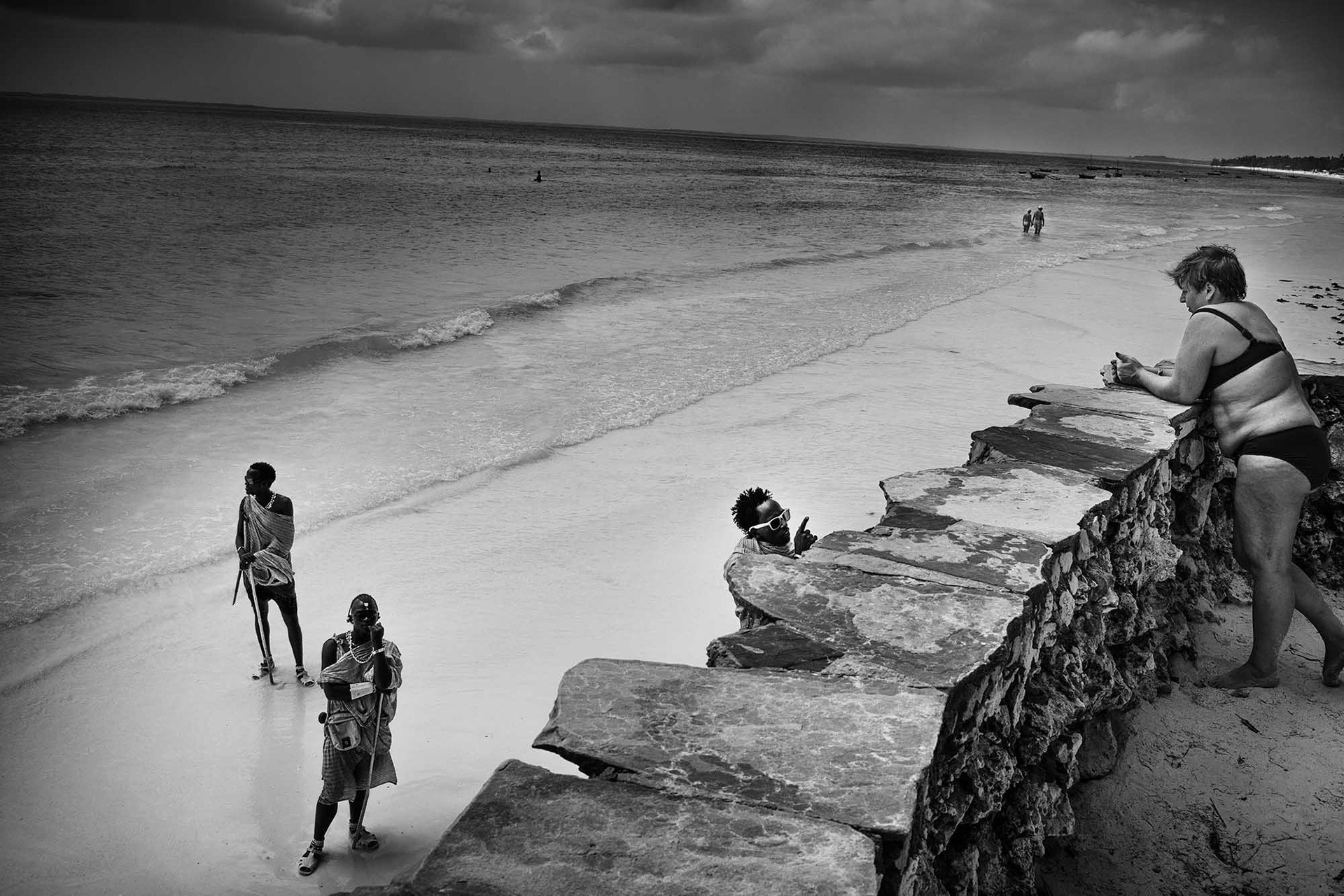
Zanzibar 2015

Tanzania 2015
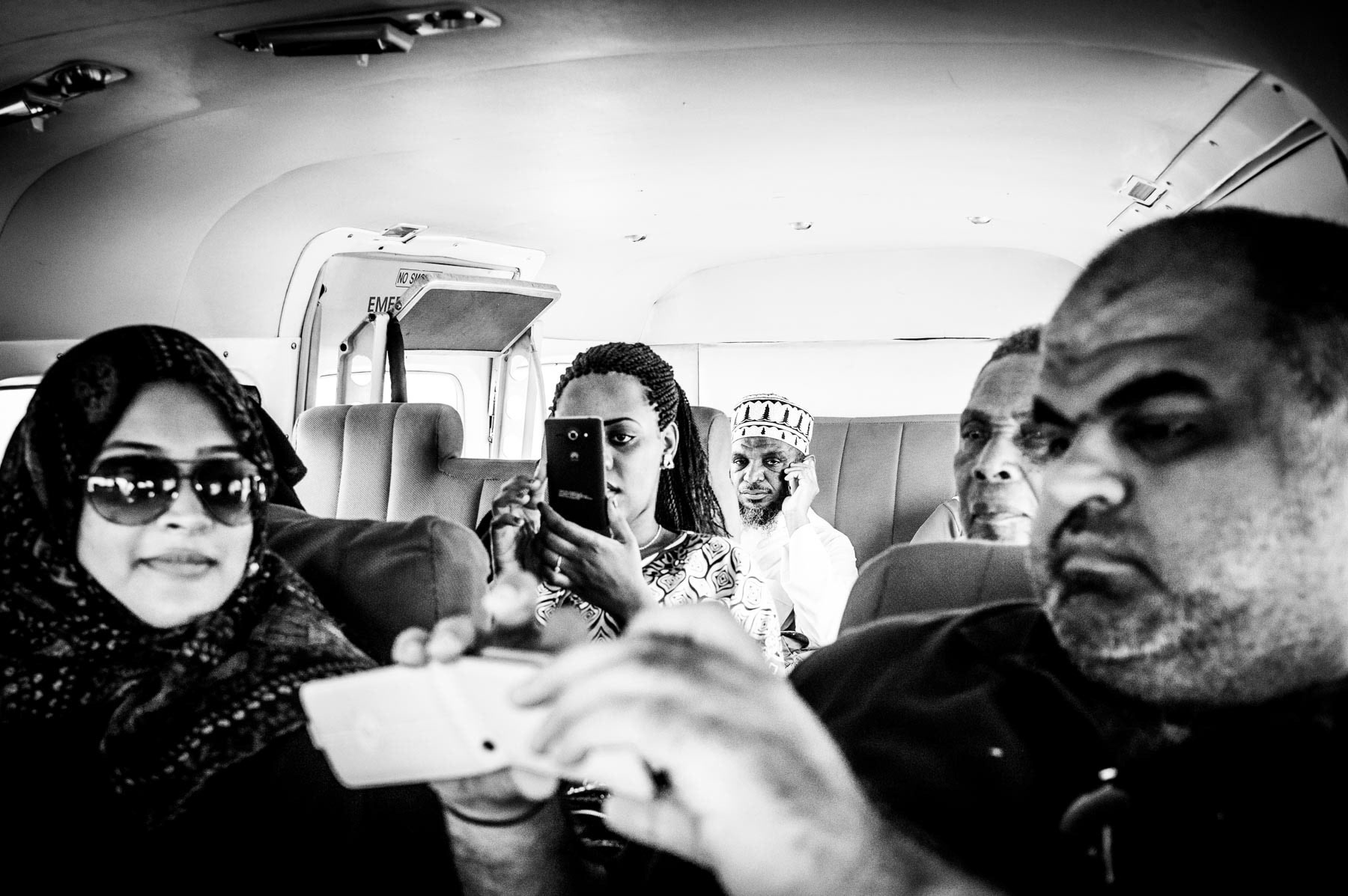
Tanzania 2015

Cairo 2005
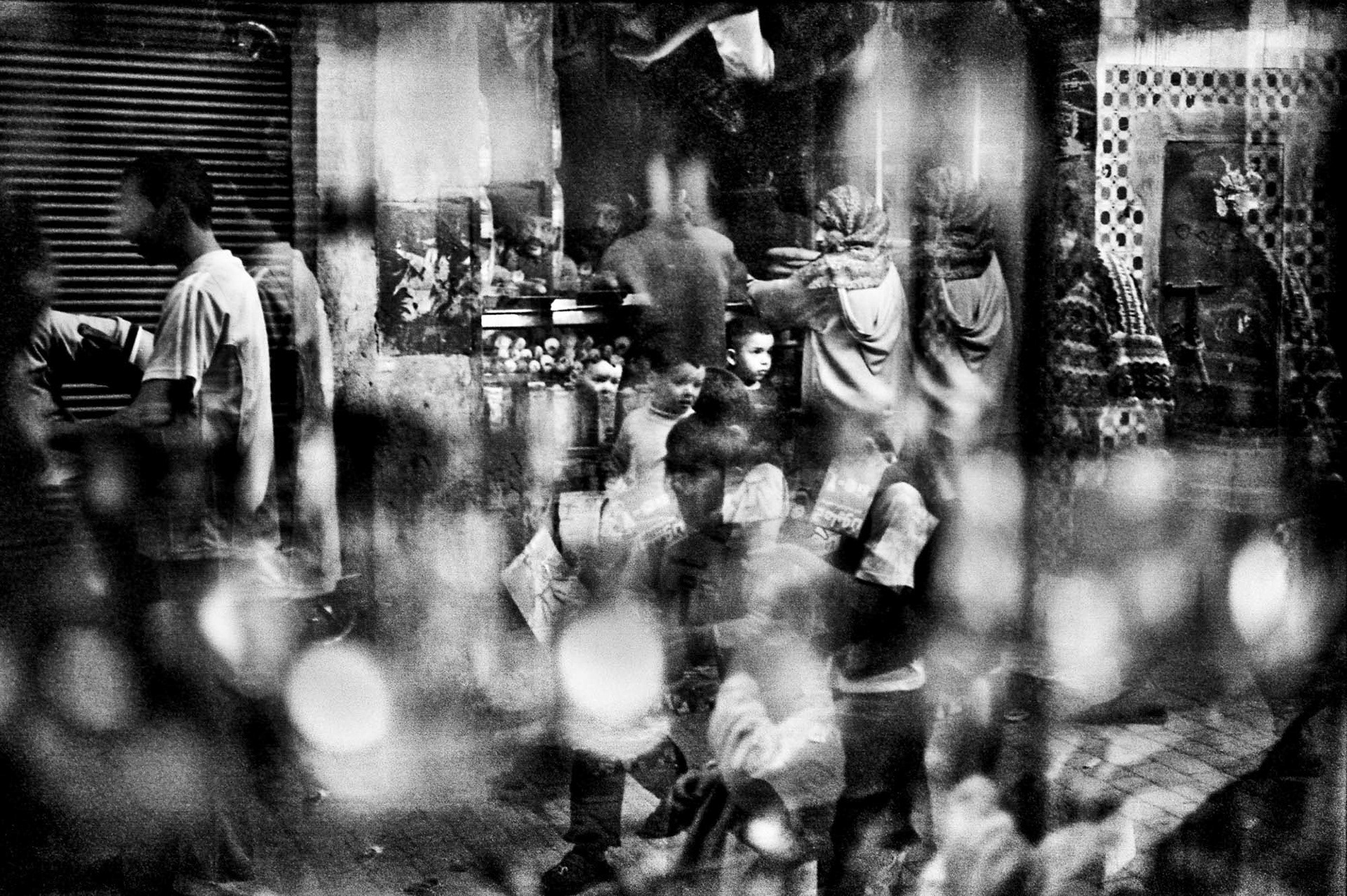
Marrakech 2007

South Africa 2008

Zanzibar 2015

Zanzibar 2015

Zanzibar 2015
Uhuru Peak, Kilimanjaro, 1998
Publications
